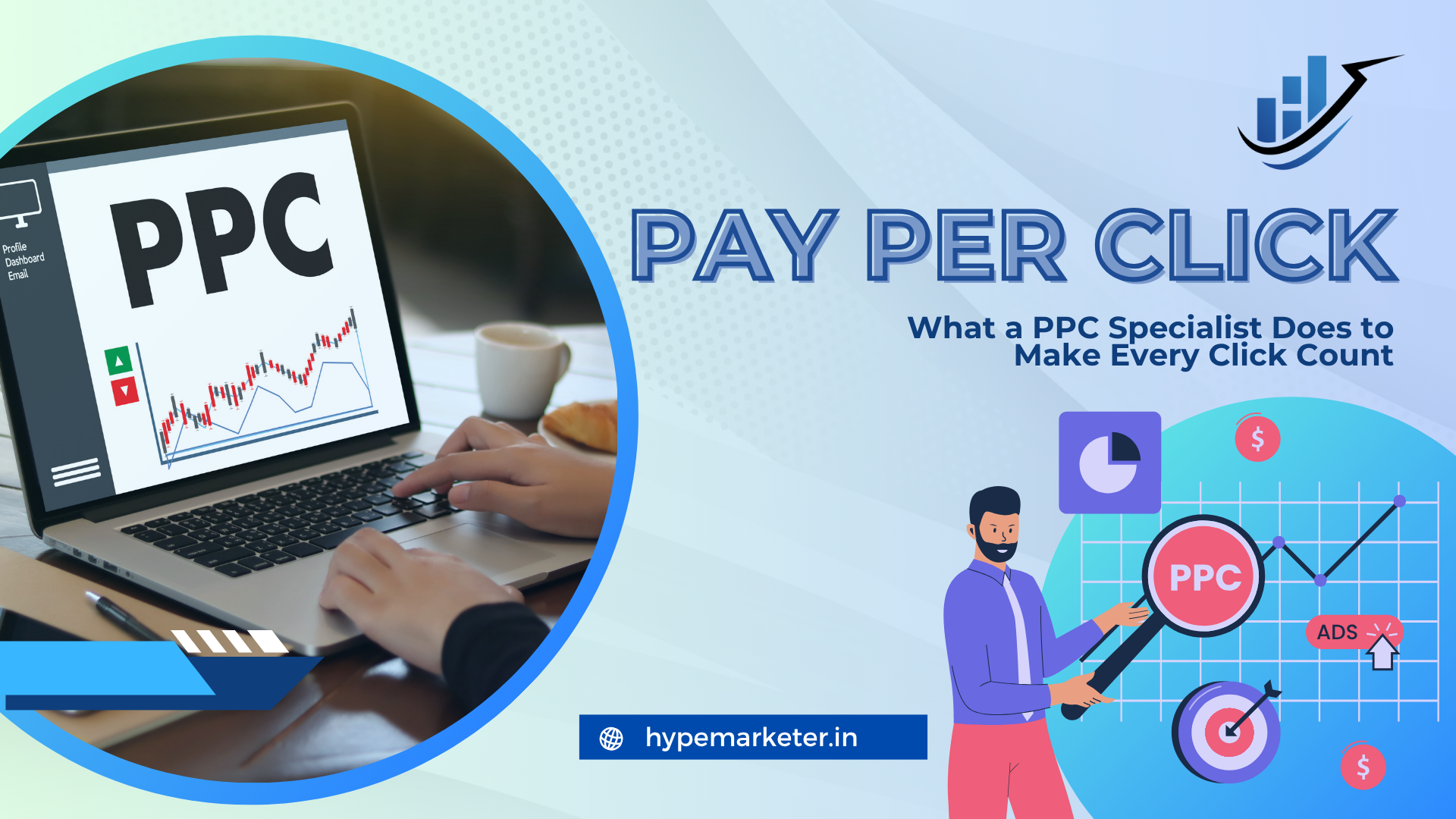Search Engine Optimization (SEO) is a fundamental aspect of digital marketing that helps improve a website’s visibility on search engine result pages (SERPs). To achieve a well-rounded SEO strategy, it’s essential to understand and implement both on-page and off-page SEO techniques. In this comprehensive guide, we’ll delve into the key concepts of on-page and off-page SEO and provide actionable tips to boost your website’s search engine rankings.
Part 1: On-Page SEO
On-page SEO refers to the optimization techniques applied directly to your website’s content and structure. The goal is to make your website more search engine-friendly and user-friendly simultaneously.
Keyword Research:
Conduct thorough keyword research to identify relevant and high-traffic keywords in your niche.
Use tools like Google Keyword Planner, SEMrush, or Ahrefs to find suitable keywords. High-Quality Content:
Create unique, valuable, and engaging content that addresses the needs of your target audience.
Incorporate the selected keywords naturally into your content, but avoid keyword stuffing.
Meta Tags Optimization:
Optimize your page titles (title tags) and meta descriptions to include relevant keywords and attract users to click through from SERPs.
URL Structure:
Use SEO-friendly URLs that are descriptive, short, and include target keywords where appropriate.
Header Tags (H1, H2, H3):
Organize your content using header tags to make it more readable for both users and search engines.
Include relevant keywords in some header tags to signal the content’s relevance. Image Optimization:
Compress images to reduce page load times without compromising quality.
Use descriptive alt text for images to make them accessible to visually impaired users and improve SEO.
Internal Linking:
Create a logical internal linking structure to guide users and search engine crawlers through your website.
Use anchor text with relevant keywords for internal links.
Part 2: Off-Page SEO
Off-page SEO focuses on building authority and credibility for your website through external factors, such as backlinks and social signals.
Link Building:
Earn high-quality backlinks from authoritative websites in your industry. Focus on natural link building through guest posting, content promotion, and building relationships with other website owners.
Social Media Engagement:
Engage with your audience on social media platforms to increase brand visibility and user engagement.
Social media shares and interactions can indirectly influence search engine rankings. Online Directories and Local Citations:
Ensure your business is listed accurately in relevant online directories and local citation sites.
Consistent NAP (Name, Address, Phone Number) information is crucial for local SEO. Influencer Marketing:
Collaborate with influencers in your niche to reach a broader audience and gain credibility.
Content Marketing and Outreach:
Create high-quality content that others will naturally want to link to and share. Conduct outreach campaigns to promote your content and build relationships with other website owners.
Conclusion
A successful SEO strategy combines both on-page and off-page optimization techniques to enhance website visibility, attract more organic traffic, and improve user experience. By understanding the importance of keyword research, quality content, meta tags, and image optimization for on-page SEO, as well as link building, social engagement, and influencer marketing for off-page SEO, you can create a well-rounded SEO approach that yields lasting results. Remember, SEO is an ongoing process, and staying up-to-date with the latest industry trends and best practices is crucial for maintaining a competitive edge in the digital landscape.



